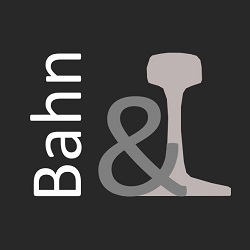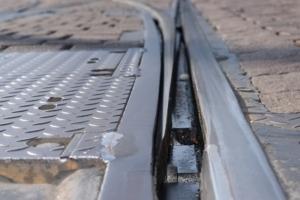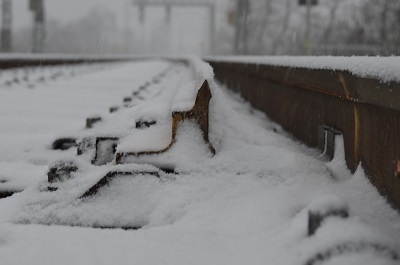Function of a tram switch
A classic tram switch which can be set remotely is called a “single switch”. The necessary impulse for control comes from the vehicle. It is therefore not set via interlockings, as is the case with railroads. However, the technical effort and the safeguarding before, during and after the operation of such a switch is similar to the processes of a route. In this chapter, the processes of this switch system in tram operation are described chronologically.
A variant of the train-operated setting process is the methodical request by radio. With this method, the vehicle receives an order via a trackside beacon to send a radio telegram to the switch after a certain distance of track has been covered. The switch controller then gives the setting command to the switch, whereupon it sets and locks. It is then driven over and cleared, similar to a route in railroad engineering.

 Bahntechnik und Bahnbetrieb
Bahntechnik und Bahnbetrieb
